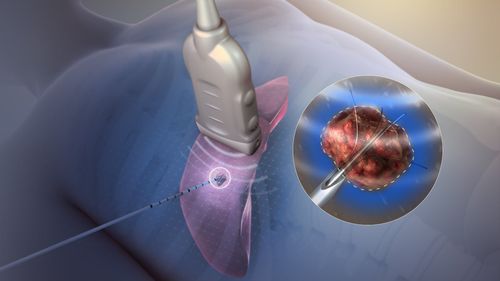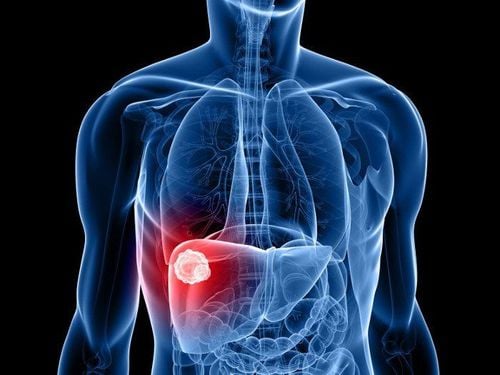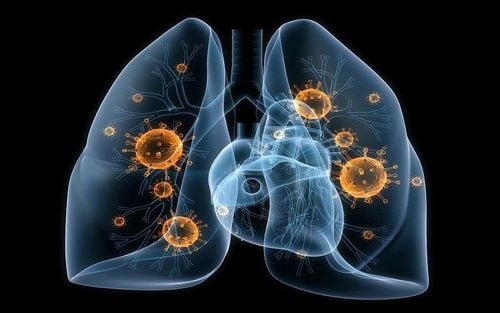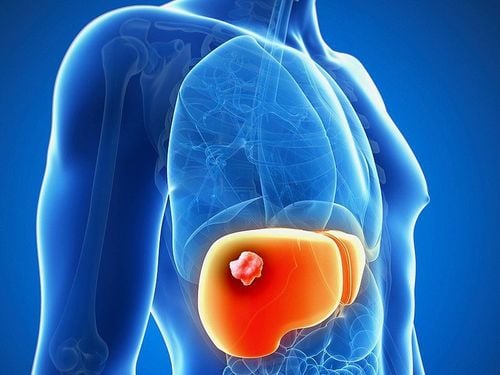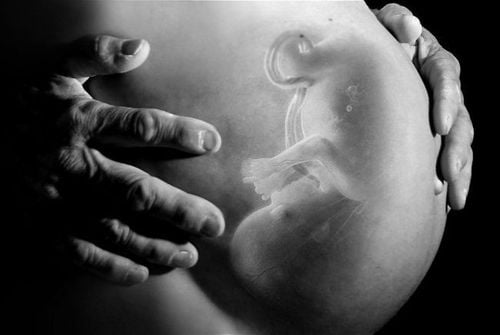This is an automatically translated article.
Whole-body magnetic resonance imaging (MRI) plays a role in the diagnosis and monitoring of arterial diseases such as aneurysms, dissections, and stenosis.1. What is an artery? What is magnetic resonance imaging?
Arteries are blood vessels that carry blood from the heart to the tissues. From the aorta onwards, the arteries divide into smaller branches. The further away from the heart, the smaller the cross-sectional area of an artery, but the total cross-sectional area of the arterial system increases, so the blood flows in the arterial system further away from the heart.Magnetic resonance imaging (MRI) is an advanced imaging technique, important in the diagnosis of various diseases. This is a completely different imaging technique than an X-ray. It is a technique that does not use X-rays and is safer for the patient. In addition, it has a high image resolution, so it is increasingly widely specified.
The only limitation of this method is that magnetic resonance imaging equipment has high value, large investment and experienced operator team, so only a few large medical facilities can afford to invest.
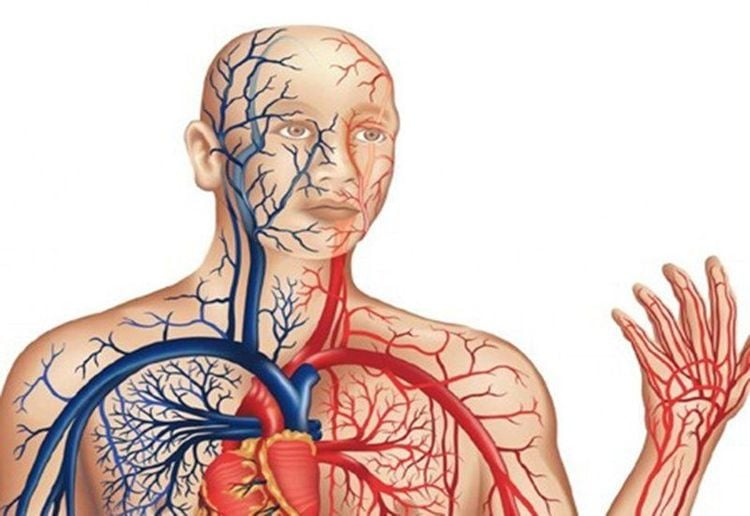
Chụp MRI động mạch toàn thân
2. What is magnetic resonance angiography (MRI) of the whole body with magnetic contrast injection?
Magnetic resonance (MRI) of the whole body has a role in the diagnosis and monitoring of arterial diseases such as aneurysms, dissections, stenosis...Whole body magnetic resonance angiography is a method of examination without Invasive, non-X-ray is playing an increasingly important role in the diagnosis and monitoring of arterial diseases.
Whole-body magnetic resonance angiography with injection of magnetic contrast is a popular method today because magnetic contrast has a very good role in imaging studies through imaging.
Regarding the pharmacokinetic mechanism, the contrast agent enhances the contrast of the examined tissue. In other words, contrast agents help to increase the accuracy of imaging studies. The indication to use the drug is applied on a case-by-case basis, your doctors will notify you or your family if you need to use contrast agents. In general, the drug will help increase the ability to evaluate inflammatory lesions, tumors, vascular examination and perfusion properties of each organ.
3. Whole body magnetic resonance imaging with magnetic contrast injection can evaluate which organs?
Whole-body magnetic resonance assesses all organs in the body, including:Head: detects brain tumors, brain degeneration (reduction, memory loss), brain vascular malformations (causes brain hemorrhage, death) death in young people), tumors in the maxillofacial region... Neck: surveying the neck's soft tissue, detecting thyroid, salivary gland, oropharyngeal tumors. Thoracic: Detecting lung tumor i, mediastinal tumor, morphology of heart. Abdomen: Early detection of tumors of the liver, kidney, pancreas, peritoneum... Spine bone: evaluate the entire spine from the neck, thoracic, lumbar, sacral and paravertebral nerves. Detecting disc herniation, tuberculosis, spine cancer. Pelvic pelvis (subframe): evaluate the pelvis, hip joints, bladder, colorectal, uterus and ovaries in women, prostate in men, ... In particular, magnetic contrast agents are Injections during imaging are used most effectively for the brain and spinal cord, because when the blood-brain barrier is pathologically damaged, the signal of the injury is markedly increased. In diseases such as arthritis, tumors, inflammation in solid organs, contrast agents are also valuable to assess the damage.
Use meaningful magnetic contrast agent in vascular examination (MRA - MR angiogram technique), based on the signal capture of the drug in the flow, to survey intracranial and extracranial blood vessels in mobile phases vessels and veins.

Chụp cộng hưởng từ phát hiện u não
4. Who should have a full-body MRI?
Healthy people want to screen for systemic diseases, especially for early detection of cancer:Benign diseases: herniated discs, vertebral collapse, benign diseases of the liver, kidneys, infections, cysts, fibroids, ... Malignant disease: detecting tumors in organs such as bronchi, renal epithelium, liver, pancreas, colorectal, lymphoma, bone tumors, soft tissue, ... People who are at risk High rates of cancer:
Having a close relative with cancer, especially breast and ovarian cancer. Occupations frequently exposed to cancer-causing factors: painters, coal miners, doctors, radiological technicians, mining workers, dyers, petrochemical industry, ... People suffering from malignancies or diseases requiring monitoring and evaluation of disease severity:
Detect cancer metastases, especially in the brain, liver, bones, ... Evaluation after trauma, monitoring treatment, . ..
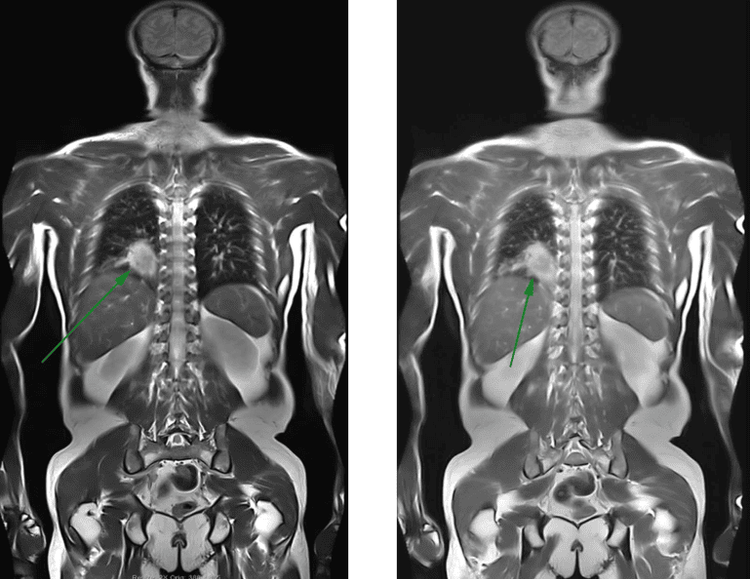
Người khỏe mạnh muốn sàng lọc các bệnh lý toàn thân đặc biệt phát hiện sớm ung thư nên chụp MRI
5. Advantages of Whole Body Magnetic Resonance Imaging
Absolutely safe, can be performed periodically Magnetic resonance imaging is a modern imaging technique that uses magnetic fields and radio waves to create detailed anatomical images of the body. Because X-rays are not used, magnetic resonance imaging is absolutely safe, taking pictures of the whole fetus, so it is very suitable for screening for healthy people, can be done periodically without affecting health such as: CT or PET/CT scan. Because the principle of CT scanning is to use X-rays, PET/CT scans both use X-rays and inject radiation into the body, so these two methods are not widely indicated on healthy people but are mainly indicated on patients to evaluate cancer metastasis and disease stage.High diagnostic value, detecting small tumors Magnetic resonance imaging (MRI) with high contrast, good anatomical details allows accurate detection of morphological and structural lesions parts in the body. The ability to reproduce 3D images, can detect tumors smaller than 3mm (1⁄2 pea size), angiography without injection of contrast agent. Especially can orient benign and malignant tumors.
It doesn't take much time, it's not complicated Preparing for a full-body magnetic resonance imaging scan, you just need to fast for at least 4 hours, take the scan time from 45-60 minutes and can go out to relax if you feel tired (due to lying down). long).
Reasonable price Whole body magnetic resonance imaging is only 1/3 of the price compared to PET/CT scan
6. The procedure to perform whole body magnetic resonance angiography with contrast injection. Whole body angiogram should be performed according to the procedure to ensure the safety of the patient as well as the effectiveness of the device, including the following steps:
Explain to the patient how to do it, Because of the risk of systemic magnetic resonance angiography, patients do not need to fast before the scan. Ask the patient to focus and cooperate. Patients before MRI with contrast injection should not use stimulants such as: tobacco, alcohol, beer, coffee. Obtain information from the patient to rule out contraindications. Patients and relatives entering the MRI room are asked to remove jewelry before entering. To inject contrast, the patient will have a small needle placed in a vein in the arm or leg. At the time of injection, a small amount of contrast agent (maximum 5-10ml) will be injected into the vein. The feeling when the drug is injected is quite pleasant, not hot or painful like injecting iodinated contrast medium or some antibiotics or other chemicals. Patients can have multiple contrast-enhanced MRI scans; the interval between injections should be more than 7 days apart in patients with renal failure. During the scanning process, the patient needs to follow the technician's instructions such as keeping the posture, breathing in, out, during the injection process... When the machine is operating, it will make a lot of noise, so the patient often equipped with noise-cancelling devices such as earpads or noise-cancelling headphones Total shooting time may take between 45 and 60 minutes. Whole body magnetic resonance imaging with contrast injection is a very preeminent method in the detection of diseases directly related to health. The technique needs to be conducted at reputable medical facilities to ensure the most accurate results.
Vinmec International General Hospital put into use the magnetic resonance imaging machine 3.0 Tesla Silent technology. Magnetic resonance imaging machine 3.0 Tesla with Silent technology of GE Healthcare (USA).
Silent technology is especially beneficial for patients who are children, the elderly, weak health patients and patients undergoing surgery. Limiting noise, creating comfort and reducing stress for customers during the shooting process, helping to capture better quality images and shorten the shooting time. Magnetic resonance imaging technology is the technology applied in the most popular and safest imaging method today because of its accuracy, non-invasiveness and no use of X-rays. Customers can go directly to the system. Vinmec Health System nationwide to visit or contact the hotline HERE for support.




